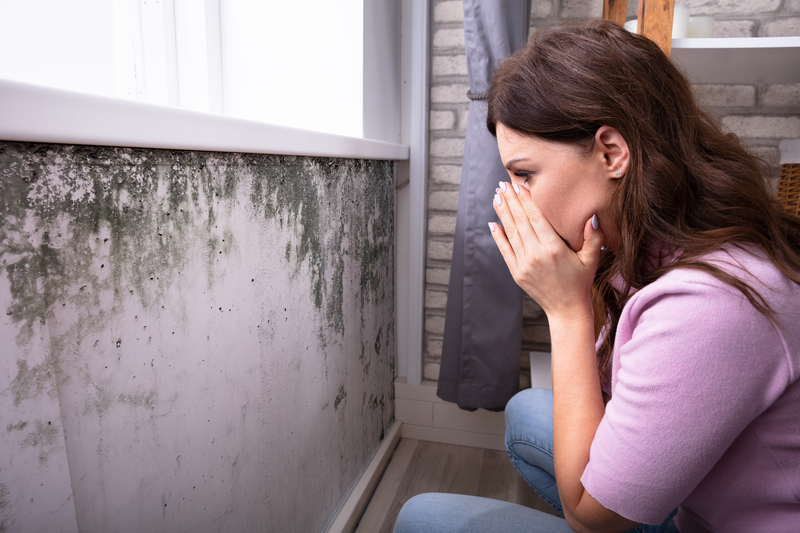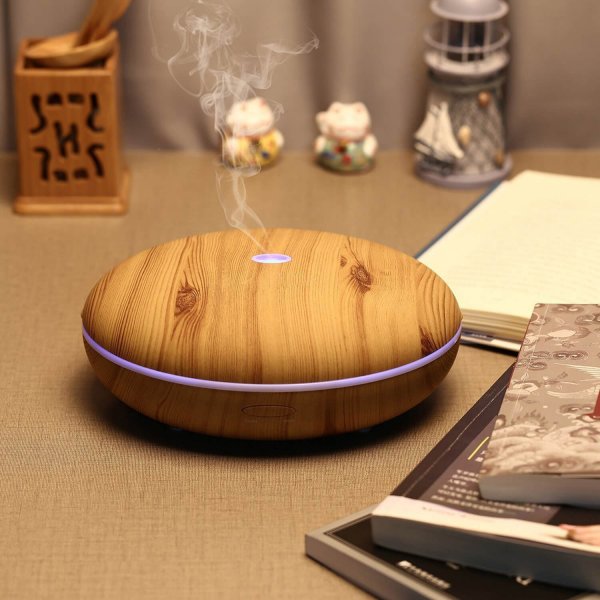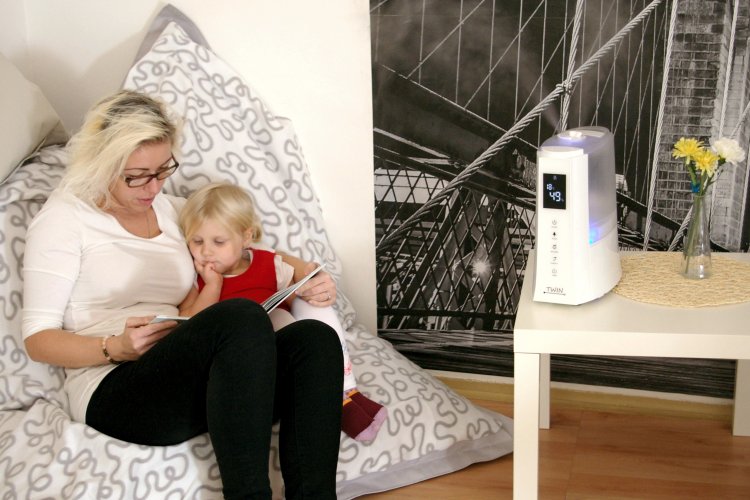

4 advantages (and 1 disadvantage) of desiccant dehumidifiers
Feb 20, 2025High humidity can be unpleasant. If you're choosing a dehumidifier, this brief overview of the advantages and disadvantages...
Are you struggling with high humidity in your apartment, garage, or basement? Do you want to find out if the humidity is too high and learn how to choose the right electric dehumidifier for your space? In this article, we provide advice on recognizing the signs of high indoor humidity and how to solve it.
Recommended humidity levels at room temperature around +20°C should be below 60% RH (relative humidity). Interiors with higher humidity can suffer from the spread of mold or corrosion. Mold can be hazardous to your health, especially if you are exposed to it for a long time.
How do you know when the humidity is too high? Mold or water droplets that form on cooler surfaces may be symptoms of excessive indoor humidity. Typically, they can form in cool corners of rooms or on windows. A musty smell can also be a sign of high humidity. For more signs of high humidity, check out this article on our blog.

Mold can be a symptom of high levels of humidity.
The only way to reliably know if the humidity is high is with a hygrometer. There are many of these on the market. You can also choose from several different instruments within the Airbi brand.
The INDOOR, FRAME, or SMILE models are simple room thermometers and hygrometers. The Airbi SMILE even tells you with a smiley icon if the temperature and humidity in the room are ideal or if there is a problem.
The smiley face on the LCD of the Airbi SMILE informs you
if temperature and humidity levels are optimal.
You can also choose wireless thermometers and hygrometers or weather stations that measure not only indoor temperature and humidity but also outdoor values. Particularly noteworthy is the Airbi CONTROL, which evaluates how indoor humidity is affected by ventilation and displays a simple icon with a tip for ventilation. (Comparing the percentage of indoor and outdoor relative humidity alone won't tell this; Airbi CONTROL converts the data to absolute humidity, but this is an unnecessary detail.) The Airbi TRIO, DUO, and DUO COLOR stand out with a larger number of external sensors included in the package.
Airbi CONTROL also informs if the ventilation would help with humidity levels.
By observing and measuring the humidity, you can investigate exactly how your humidity problem is manifesting. It is also important to correctly identify the source of the humidity.
To put it simply, if it is an external source of moisture and water is coming up in your walls or if you are experiencing leaks, getting a dehumidifier will not directly solve these problems. At most, it can help keep the humidity levels down indoors. Sooner or later, however, you will need to make repairs and fix these issues with insulation.
But if you are dealing with indoor sources of humid air (e.g., breathing, showering, drying laundry), ventilation or lifestyle changes (e.g., shorter, colder showers) can sometimes help. If these measures fail, for instance, when the humidity level is too high and changes can only make a little difference, an electric dehumidifier could be a solution. It may not eliminate any thermal bridges or insufficient thermal insulation of walls or windows, but it can at least reduce the humidity level in the air and thus alleviate problems with condensation and mold.
You can find a variety of different dehumidifiers on the market. They usually use one of three main kinds: Peltier dehumidifiers, desiccant dehumidifiers, or compressor dehumidifiers.
A Peltier dehumidifier works by cooling the air on one side of a special electrical circuit. The moisture in the cooled air then precipitates out and turns into water. The advantage of these dehumidifiers is that they are very affordable. Another advantage is that they are usually small devices that do not take up much space. However, their dehumidification performance is not very high, so they are more suitable for smaller rooms. The operating temperature of such devices is +1 to +40°C.
The Airbi SPONGE is one of the devices that work on this principle. It has the advantage of being a combined device—it also contains a HEPA filter that can filter out mold spores and other small impurities, so that you can use it as a small air purifier. The Airbi SPONGE is suitable for rooms up to 10 m².
The Airbi SPONGE is a little helper for smaller rooms.
It includes a HEPA filter, making it capable of catching dangerous mold spores.
Desiccant dehumidifiers work by passing air through a special substance that binds water molecules to itself (don't worry, the water-binding ability is constantly renewed in these devices, so there's no need to buy refills). The main advantage of these dehumidifiers is that they work well even in low temperatures below +10 °C. You can therefore use them even in unheated areas: basement, garage, laundry room, storage room, etc.
Airbi BLOCK uses this principle. Under ideal conditions, it can collect up to 3 liters of water per day, so it can make a difference with high humidity levels. With this model, you can not only use the water container, but you can also drain the captured water through a hose into a suitable draining on the floor. The unit does not require a compressor, refrigerant, or defrosting and thus dehumidifies energy efficiently and without disturbing noise. Airbi BLOCK is suitable for rooms up to 20 m2.
Airbi BLOCK perfoms well even under +10 °C.
You can also find compressor dehumidifiers on the market. These work on the same principle as a refrigerator and can be very powerful. However, they lose efficiency at lower temperatures. So, if you're looking for a device that works well at temperatures below +10°C, it's best to avoid them.











































